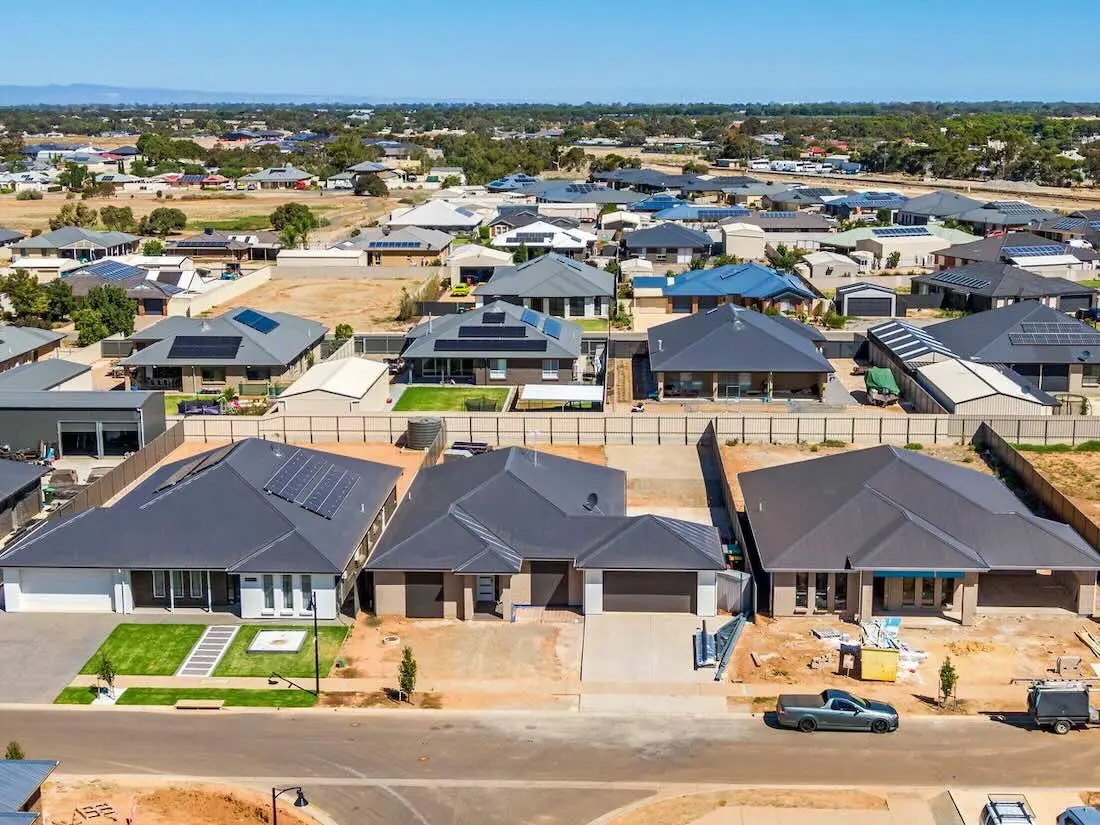The Australian Energy Regulator is weighing up a suite of proposed “updates and refinements” to its annual Default Market Offer determination, including a tariff-based approach to electricity price setting and the extension of protections to more renters and apartment dwellers.
The AER on Wednesday released an issues paper on how best to determine the 2026–27 Default Market Offer (DMO), which caps the prices a retailer can charge standing offer customers in south-east Queensland, New South Wales and South Australia.
The issues paper comes just one day after the federal government unveiled a package of 10 recommended changes to the regulatory framework for the DMO, the result of a review to address growing concerns the market safeguard was no longer fit for purpose.
The reforms include the headline grabbing Solar Sharer proposal, which seeks to compel retailers to offer all customers in DMO regions at least three hours of free power in the middle of the day, courtesy of Australia’s abundant rooftop solar production.
For the Solar Sharer Offer, the federal government is running its own stakeholder consultation process here, feedback from which the AER says will inform its approach to how it is calculated as part of the 2026-27 DMO (DMO 8).
You can read more reports and analysis about the Solar Sharer Offer here, here and here.
The other nine recommendations emerging from the federal review of the DMO are set out here by the Department of Climate Change, Energy, the Environment and Water (DCCEEW).
As a whole, the reforms aim to – as DCCEEW puts it – “strip out unnecessary costs and expand protections” of the DMO. More specifically, the main changes focus on the way maximum prices are set and on bringing new consumer segments into the fold.
On price setting, the review calls for the AER to determine a tariff cap for specified small customer types instead of an annual price at a set usage amount.
That is, instead of setting a cap on total price of a standard offer payable for each customer each year, a price cap will be determined for each kilowatt hour of electricity consumed.
“Under the proposed Regulations, from DMO 8 onward, the AER will be required to express the DMO in tariff form,” the issues paper says.
“Electricity tariffs include a fixed daily supply charge presented in dollars per day ($/day) and a variable usage charge presented in cents per kilowatt hour (c/kWh).”
This, says the AER, would bring the DMO into closer alignment with other regulated pricing frameworks, including the Essential Services Commission’s (ESC) Victorian Default Offer (VDO) and Queensland Competition Authority’s (QCA) regulated electricity prices in regional Queensland.
This should be a welcome move considering that, in recent years, residential customers on the Victorian Default Offer have either seen prices fall or chart much smaller increases compared to DMO customers in neighbouring states.
“A tariff cap expression will affect how the DMO apportions costs across fixed and variable components of the tariff,” the AER discussion paper says, while noting it would still calculate annual prices for purposes of determining maximum annual bills and for comparison with previous DMOs.
Another significant reform is that from 2027-28 onwards, it is proposed that the DMO be expanded to protect customers in embedded networks (both residential and small business) served by an authorised retailer.
“Currently, only customers in embedded networks served by an exempt seller are protected by the DMO,” the paper says.
“Market offer prices for small customers in all embedded networks, regardless of whether they are supplied by an exempt seller or authorised retailer, would be capped based on the respective DMO tariff caps determined by the AER.
“Small customers in embedded networks not covered by a DMO tariff cap would be protected by the relevant maximum annual bill set by the AER. The AER would also have the discretion to create DMO tariff types specific to embedded network customers.”
In an email to Renew Economy on Wednesday, DCCEEW said the proposed reforms were about giving a fairer go to Australians on their energy bills.
“In our second term, we’re getting on with delivering reform to ensure that no household or business pays more than they should,” a department spokesperson said.
“Reform to the DMO will strip out unnecessary costs and expand protections to all standing offer customers and small customers in embedded networks, including renters and apartment dwellers.”
Meanwhile a snap market analysis of federal Labor’s Solar Sharer Offer has found it could slash hundreds of dollars off household electricity bills and shrink the solar duck – but might also wipe tens of millions off the profit margins of big retailers.
The report from Morgan Stanley estimates that “all else being equal,” eligible households that take up the SSO could save around $A660 a year (including GST) on the electricity bills, while also shifting a load totalling 1.5 terawatt-hours (TWh) away from peaks and into the zero-cost power window – assuming Victoria also takes up the SSO.
This, say Morgan Stanley equity analysts Rob Koh and Samantha Edie, is a load-shift equivalent to a 500 megawatt (MW) three-hour battery, “which we think would be material in reducing duck curve impacts.”
For retailers, however, the outlook is not so grand, with Koh and Edie estimating a plausible “pre-mitigation” hit to 2027 financial year earnings of $70 million for each of AGL Energy and Origin Energy.
“Mitigation includes re-pricing of non-free tariff components to cover the costs, as well as reduced market discounting,” the analaysis says.


